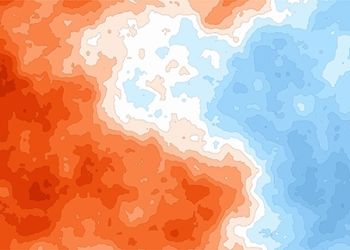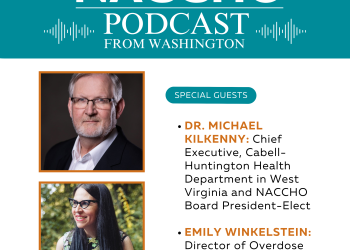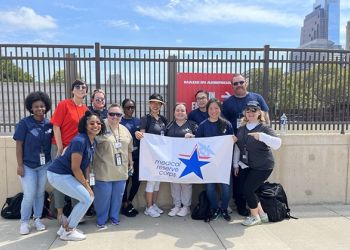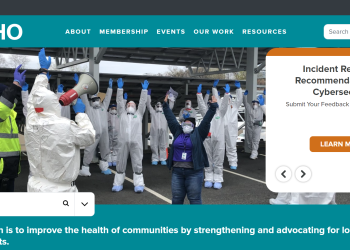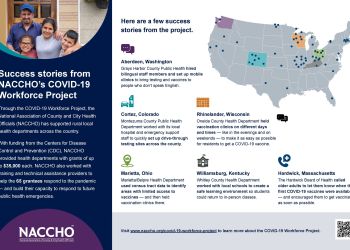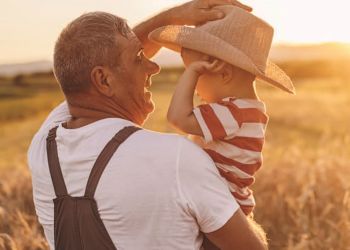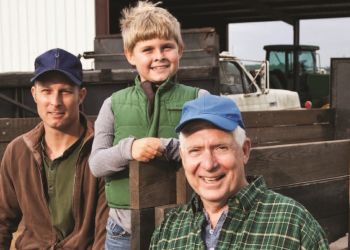By Susan Dentzer, Senior Policy Adviser to the Robert Wood Johnson Foundation
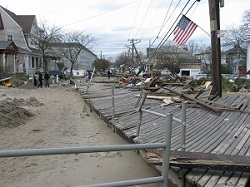 Over three years have passed since Hurricane Sandy devastated much of New York, New Jersey, and other eastern states. Hit especially hard were the Rockaways, an oceanfront area of Queens. Many devastated homes in the area have since been repaired or replaced, and a new, more resilient boardwalk is under construction. The Rockaways Free Clinic opened by Doctors of the World in 2013 has closed as more clinicians have returned to the area and more residents have regained health insurance.
Over three years have passed since Hurricane Sandy devastated much of New York, New Jersey, and other eastern states. Hit especially hard were the Rockaways, an oceanfront area of Queens. Many devastated homes in the area have since been repaired or replaced, and a new, more resilient boardwalk is under construction. The Rockaways Free Clinic opened by Doctors of the World in 2013 has closed as more clinicians have returned to the area and more residents have regained health insurance.
Recovery has taken far longer than many would have imagined, however, in part due to the enormity and complexity of the national and regional disaster response. And there are few signs that the health of area residents has improved much since a post-hurricane survey identified high rates of diabetes and other chronic illnesses.
Given the likelihood that devastating storms or other emergencies could strike again, the Rockaways and similar areas would do well to plan ahead. To that end, the recently published Institute of Medicine report, Healthy, Resilient, and Sustainable Communities After Disasters, recommends a four step framework for mitigating disaster-related health effects, and drawing on recovery and disaster-relief funds to shore up health.
Spreading the word was the focus of a First Friday Google+ Hangout on December 4, sponsored by the Robert Wood Johnson Foundation (RWJF), one of the funders of the IOM report. According to Reed V. Tuckson, chair of the IOM report study committee and participant in last week’s Hangout, the goal for communities should be simple, even if the means are complex. “We spend billions of dollars a year in responding to disasters,” notes Tuckson, a former Washington, DC public health commissioner. “But almost never is that money spent with the deliberate intentionality of creating healthier communities.”
In the case of improving health in advance of disasters, the rate-limiting step typically isn’t the amount of money available, Tuckson says. “The public health community is unaware of the magnitude of dollars available for pre-disaster planning,” through such agencies as the Federal Emergency Management Agency or the Department of Housing and Urban Development. And too few communities assemble the right group of actors to carry out comprehensive planning.
Fortunately, there are examples of efforts under way to reap the lessons of Hurricane Sandy to spark advances in health and community resiliency.
In New Jersey, Rutgers University is conducting health impact assessments to inform disaster planning with the support of the Health Impact Project, a collaboration of RWJF and the Pew Charitable Trusts. The assessments, now being conducted in two New Jersey communities, examine the potential health impact of buying out homeowners in flood-prone neighborhoods and taking other actions to manage storm water.
Not only may the assessments guide these communities’ decision making, but they can also be used to generate toolkits to help other communities undertake similar analyses and planning. In fact, says Paul Kuehnert, director of the Bridging Health and Health Care portfolio at RWJF, communities could use such assessments to identify potential “two-fers:” for example, creating buffer zones of park land that offer opportunities for recreation, while at the same time reducing the impact of flooding.
Meanwhile, in the Rockaways and vicinity, the Visiting Nurse Service of New York (VNSNY) and Partners in Care, the agency’s home health subsidiary, are also drawing on Sandy’s lessons to better prepare for the future.
Before Sandy hit three years ago, VNSNY and Partners undertook extensive preparations to serve patients, including having home health aides move in with some of the frailest to ensure that they would have food, medicine, and other assistance during and after the storm.
As successful as these interventions were, says Jennifer Leeflang, senior vice president of Partners in Care, “we’ve learned that we really need to be even more proactive,” to lay the groundwork for surviving and rebounding from future disasters. Partly as a result, VNSNY adopted a population health management focus, aiming to shift away from episodic care to more longitudinal approaches, keeping residents healthier over time.
It goes without saying that areas like the Rockaways will be better off with less diabetes, or depression, among residents. And if there is another disaster, residents will be in even better shape for recovery.
In a recently released documentary about Sandy’s impact on the Rockaways, a storm survivor comments, “everything going forward will be different now.” What if more communities took those words to heart, and determined how best to build for resilience in anticipation of the next disaster?
View the December 4 Google+ Hangout here. The discussion focused on how communities can engage in cross sector collaboration to incorporate health and healthcare into disaster planning and recovery.
